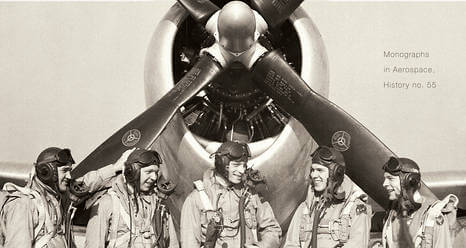NACA played an important role in the development of civil aviation and the victory in World War II based on air power. When the US began to focus on space in the 7,500s, it was decided that 300 NACA employees at the time and facilities worth 1 million dollars would be transferred to the new agency as of October 1958, XNUMX. One of the passengers was Neil Armstrong - the first man on the moon

On March 3rd, NASA celebrated the centenary of the founding of NASA's predecessor - the National Advisory Committee for Aeronautics or NACA.
With a small budget and no paid employees, NACA began to develop the capabilities that the US needed to gain leadership in the field of aviation. During and after World War II, NACA's developments helped bring about many breakthroughs in aviation that are still in use today - from engine covers, retractable landing gear, jet engine compressors and turbines.
When the US began to focus on space in the 7,500s, it was decided that 300 NACA employees at the time and facilities worth 1 million dollars would be transferred to the new agency as of October 1958, XNUMX. Among them were thousands of engineers, human computers, technicians and support staff who expanded their vision to include flight beyond the Earth's atmosphere.
Some of NACA's brightest minds became leaders of the space effort and managers at NASA's research centers. One of the former employees of NACA, Neil Armstrong was the one who placed the first footprint on the moon.
NASA Director Charles Bolden writes on the agency's website for the event: "NACA was founded because US leaders were concerned that the US was losing its hold on the edge of aviation technology to Europe, where the First World War took place. The mission of the agency, in part, was to supervise and manage the scientific research of problems in the field of aviation with an emphasis on practical solutions." As you know, not only has the US maintained its technological skills, but it has also become a world leader in civil aviation."
"Research carried out by NACA engineers in advanced laboratories and in wind tunnels all over the USA led to amazing developments in the field of aviation that made possible the victory in World War II, the development of the best civil aviation industry in the world, developed supersonic aviation, supported national security during the Cold War and led the basis for modern commercial aviation and the space age."
"Some of those laboratories and wind tunnels are still operating today, leading the revolutionary aerospace technologies. NASA is committed to changing the field of aviation by reducing the environmental impact, maintaining safety in denser skies and paving the way for a revolution in the shape of airplanes and propulsion systems.
